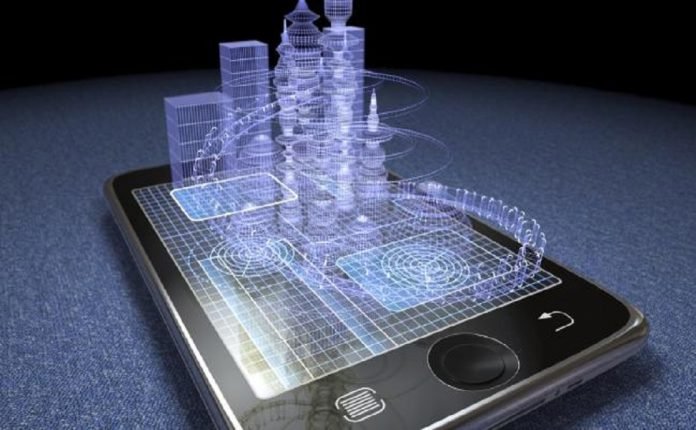
Hologram is a photographic technology that records light scattered from an object and then presents it in 3 dimensions. These 3-dimensional images can be seen up to 360 degrees and can move with animation and sound, in order to convey information both realtime and not. This cool technology is being developed to help humans in the communication process.
History of Hologram TechnologyOne of these optical engineering technologies has actually been developed since the late 1940s by Hungarian physicist Dennis Gabor. Dennis received the Nobel Prize in physics in 1971 for his work in the discovery and development of holographic methods (the science and practice of making holograms). Bagor accidentally discovered this holographic technique in his research effort on the development of electron microscopy, and then his research became a modern holography foundation. And a 3-dimensional static hologram was first produced in the 1960s after a laser beam was discovered by Soviet scientist Yuri Denisyuk.
Hologram Types
- The hologram seal, which is a hologram, can be damaged and can be pulled out of place.
- The hologram label is that the hologram will not be damaged when it is removed from its attachment.
- 3D Hologram.
Hologram advantages
- Direct communication without limits because distance constraints can be overcome easily.
- Facilitate mass media, especially electronic mass media in conveying information.
- More interesting than 3D, teleconferencing or videoconferencing because users feel like communicating directly so that communication becomes more alive.
Hologram deficiency
- People will be lazy to bother because they have been spoiled by this technology.
- Easy manipulation by irresponsible parties, so that it can occur not crime and fraud because of using fake objects.
- People can commit crimes of stealing confidential data without having to come to data storage directly.
- Parents will lose their private time with children because they would prefer to use their time to do as much as possible.
How the Hologram Works
This system uses Holographic Laser Projection (HLP) projection and infrared sensors to create screens that support multi-touch movements. Like the iPhone screen, you can play games on it, watch videos, view photos, browse the internet with your fingers.
Nice